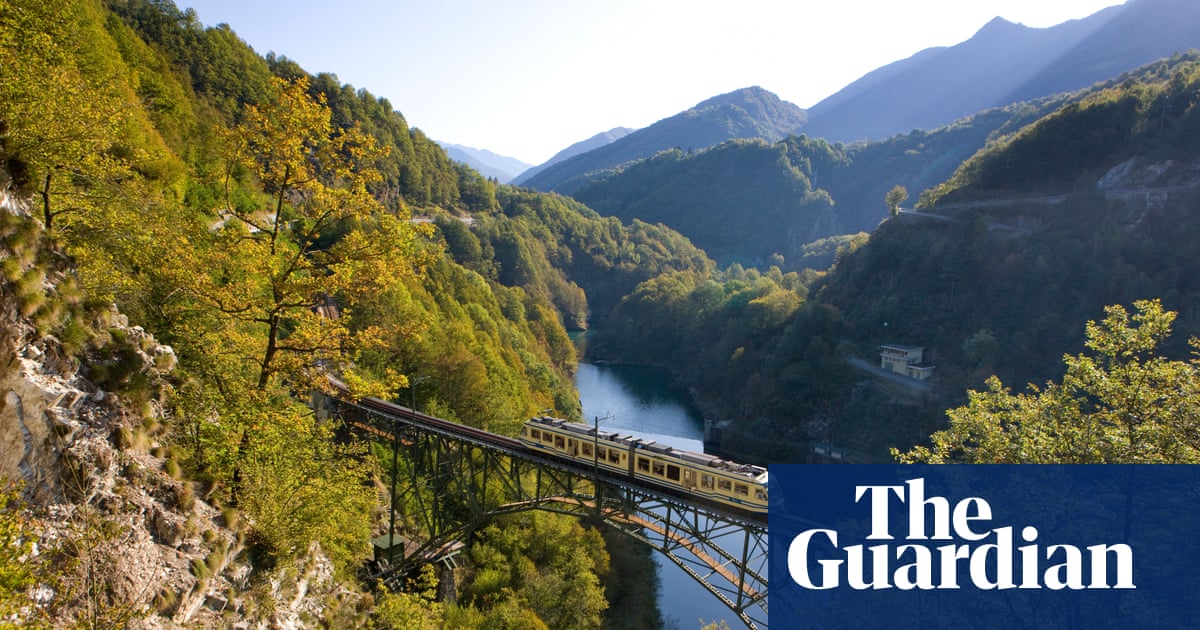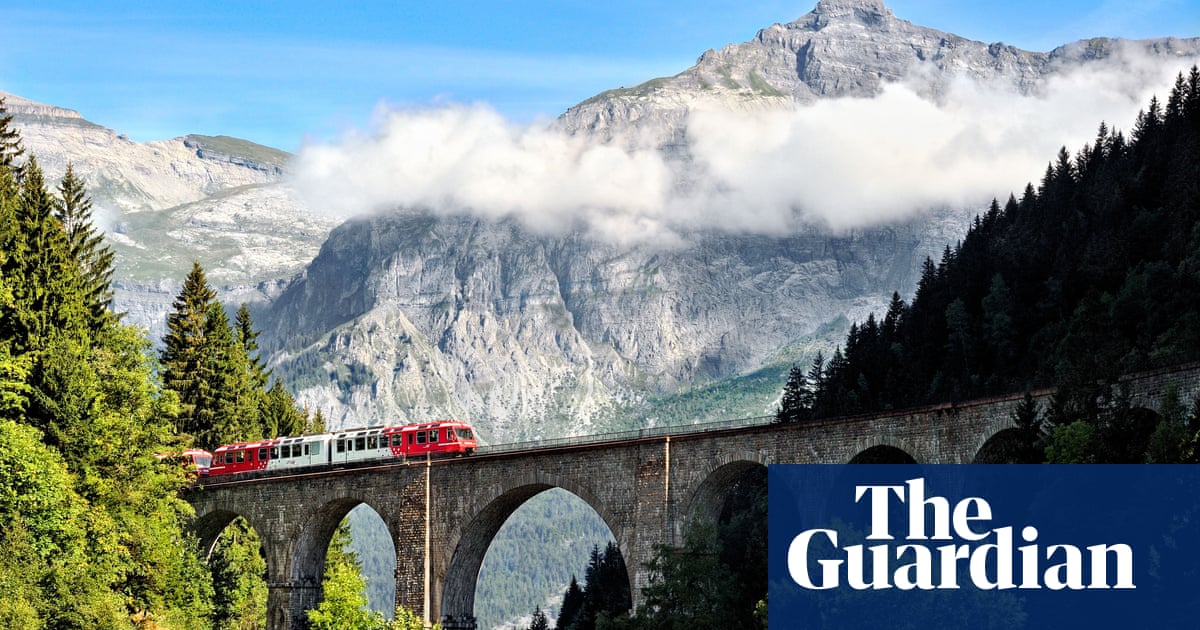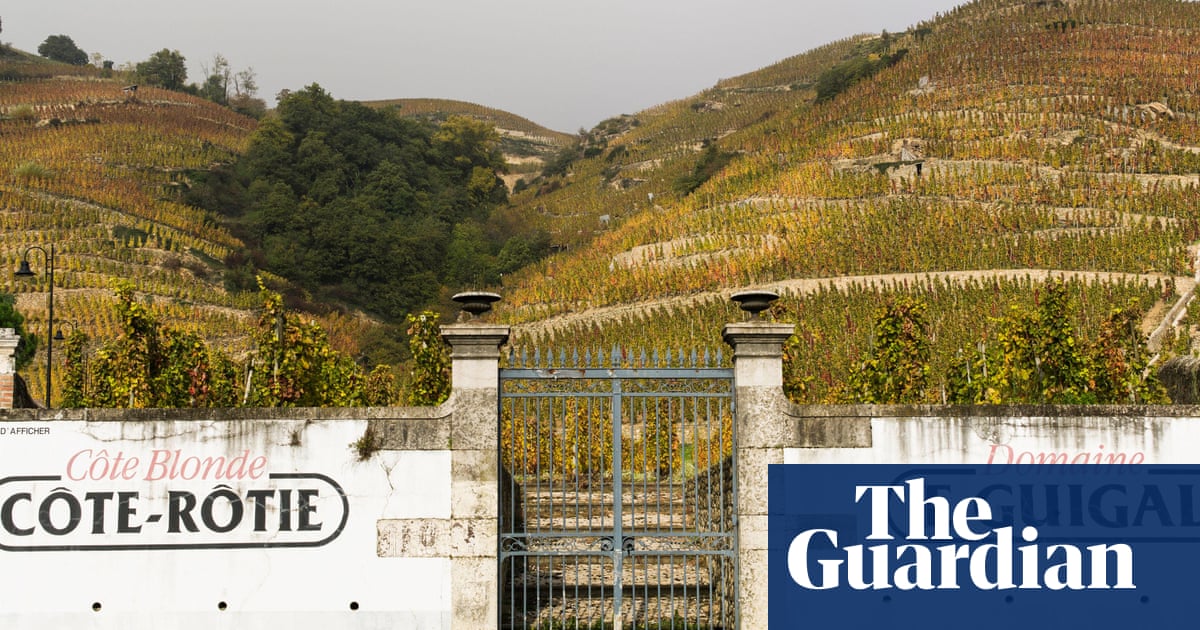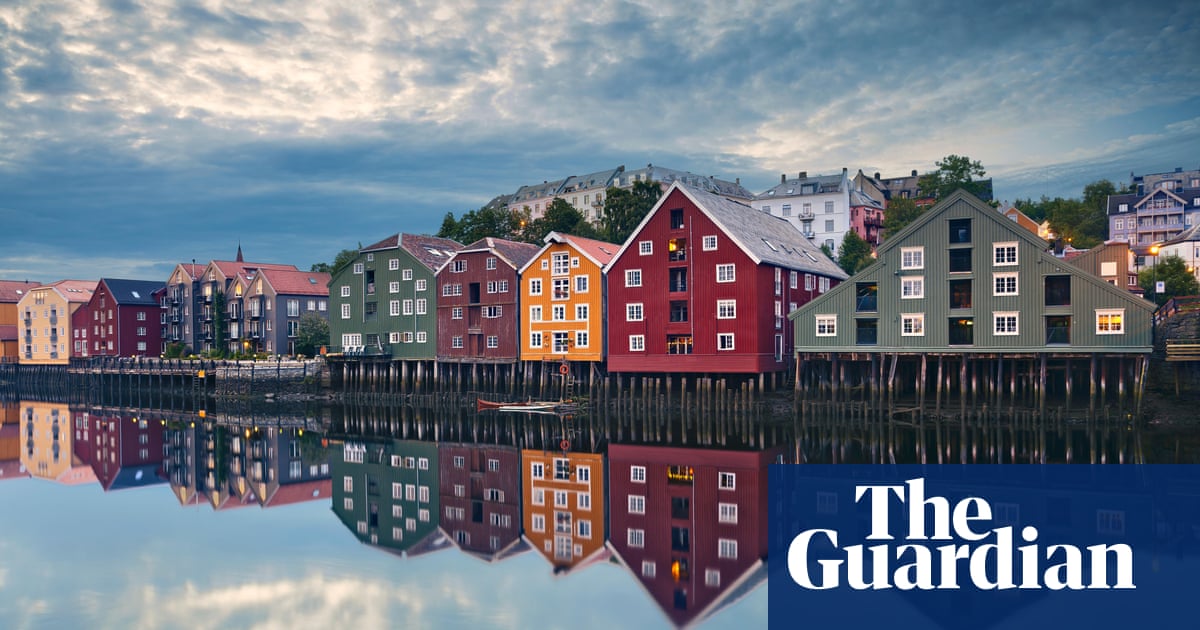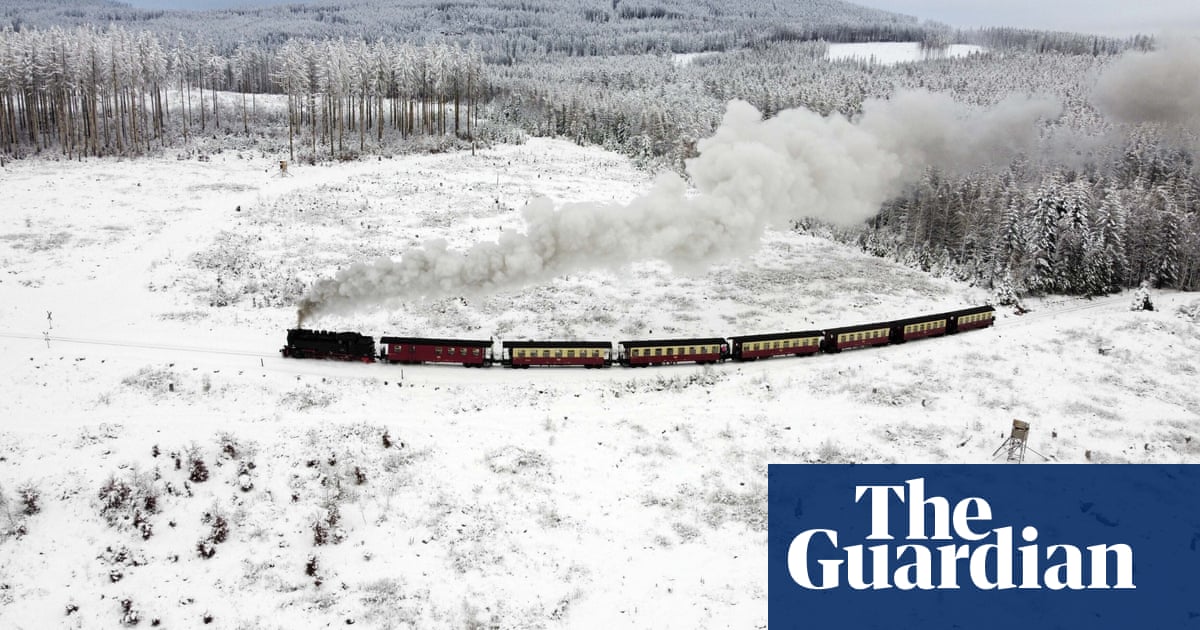
This year marks the 125th anniversary of the opening of the railway to the Brocken, the highest summit in Germany’s Harz Mountains at 1,142 metres. The Brocken line is part of a wider network of narrow-gauge railways – mainly hauled by steam trains – in the eastern half of the Harz region, which is a wonderful place to explore by rail.
Direct steam trains run to the Brocken from Wernigerode several times daily, taking about 1hr 40mins. But there’s an alternative: a once-daily year-round service leaving Nordhausen mid-morning and taking just over three hours to reach the summit. The northern route from Wernigerode and that from Nordhausen, well away to the south, converge at Drei Annen Hohne, a railway junction high in the Ziller valley on the eastern flank of the Brocken.
Quite apart from the appeal of a longer journey for the same price, there is good reason for favouring the Nordhausen option: it includes a gorgeous 90-minute stretch from Ilfeld to Drei Annen Hohne through the finest scenery in the Harz mountains. In my opinion, this section of the route, following the Harzquerbahn (Trans-Harz Railway), is even better than the final steep climb to the summit of the Brocken.
Literary connections
On a bleak off-season day, there are few takers for the 10.33am from Nordhausen. There’s an anxious moment as departure time approaches when several engineers gather around the steam engine. Is there a problem? After much clanging of oily spanners, the train chugs out of Nordhausen and climbs up towards the forested hills. Beyond Ilfeld, the hillsides tilt ever more sharply and, in the still air, steam drifts down over the claret-and-cream carriages.
A cheerful ticket inspector asks if we need something strong for the journey. This is the infamous schnapps, which is a mainstay of the train to the Brocken. We pass on the offer, but the crew member reassures us that she’ll be back later if we change our minds.
We are blessed with an empty train, but on spring and summer days the ride to the Brocken is immensely popular. When the first trains arrived at the summit in 1898, Germany’s intelligentsia had mixed feelings. The literary establishment disdained the arrival of the hoi polloi in one of its most sacred spaces, echoing John Ruskin’s opposition to the intrusion of the railway into some of England’s most revered landscapes. For the German literati, the Brocken was not just any mountain, but the very summit that had been immortalised by Goethe in Faust.
But the Harz Club, a voluntary association founded in 1886 to promote public access to the hills, welcomed the influx of visitors. As the first flood of tourists spread out over the top of the Brocken, a club spokesman suggested that there was still ample space for those wanting to experience the quiet of the Harz.
A route for tourists and locals
Poet and essayist Heinrich Heine’s 1825 account of a Harz journey (Die Harzreise) painted a picture of idyllic lives lived by woodsmen and peasant folk – though the reality might not have been so rosy, as village names like Sorge (sorrow) and Elend (misery) suggest. Our train stops at both; the latter has a tiny museum on the railway platform recording aspects of everyday life in the area prior to German reunification in 1990. At one point the railway passed within 700 metres of the fortified frontier. So for 30 years from 1961, when the Berlin Wall and inner-German border were strengthened by the East German authorities, no passenger trains climbed to the top of the Brocken.
Speed is not the name of the game. Our train chunters through forests at a pleasant 20mph, and station stops are leisurely affairs – a chance for a chat and a smoke on the platform, and an opportunity to take photos of the vintage train and its immaculately preserved steam engine.
During a longer stop at Drei Annen Hohne, the train crew tell us how the Harz Railway network survived as a historical oddity in what was a difficult-to-visit part of East Germany. “There were all sorts of restrictions on who could come here in those days,” says the train driver.
Now this narrow-gauge network is valued as a premier-league tourist attraction and there is talk of extending the network west across the former inner-German border. “It’s not just for tourists though,” adds the driver. “With year-round services, we are a lifeline for remote communities in the hills.”
From Drei Annen Hohne our train makes the punishing ascent to the summit of the Brocken. The train climbs ever more steeply, gradually circling the summit and affording, in good weather, views from all angles of the bizarre collection of buildings and aerials that decorate the top. Not for us: everything is swathed in fog. Two foxes scavenge through a rubbish bin on the platform at the summit station. A distinct smell of fried food wafts from the adjacent cafe. A poster announces that a rock opera called Faust will be performed at the summit from late summer this year. I reflect that in this instance, the pleasure of the journey on the 10.33 from Nordhausen really does eclipse the merits of the destination.
Travel details
A return journey to the summit of the Brocken from any station on the Harz narrow-gauge network costs €51. Three days is ample to explore the entire network and there’s a useful three-day pass for €99. These premium fares apply on itineraries which include the railway to the summit. Other fares are very much cheaper. All trains are second-class only. Interrail passes are not accepted. Note that while all trains to and from the Brocken summit are steam-hauled, services on other routes may be operated by diesel railcars. Find timetables and other information on the Harz narrow-gauge network website.
Nicky Gardner lives in Berlin, where she is co-editor of Hidden Europe magazine. She is co-author of Europe by Rail: The Definitive Guide. The 17th edition of the book was published in 2022. It is available from Guardian Bookshop.




